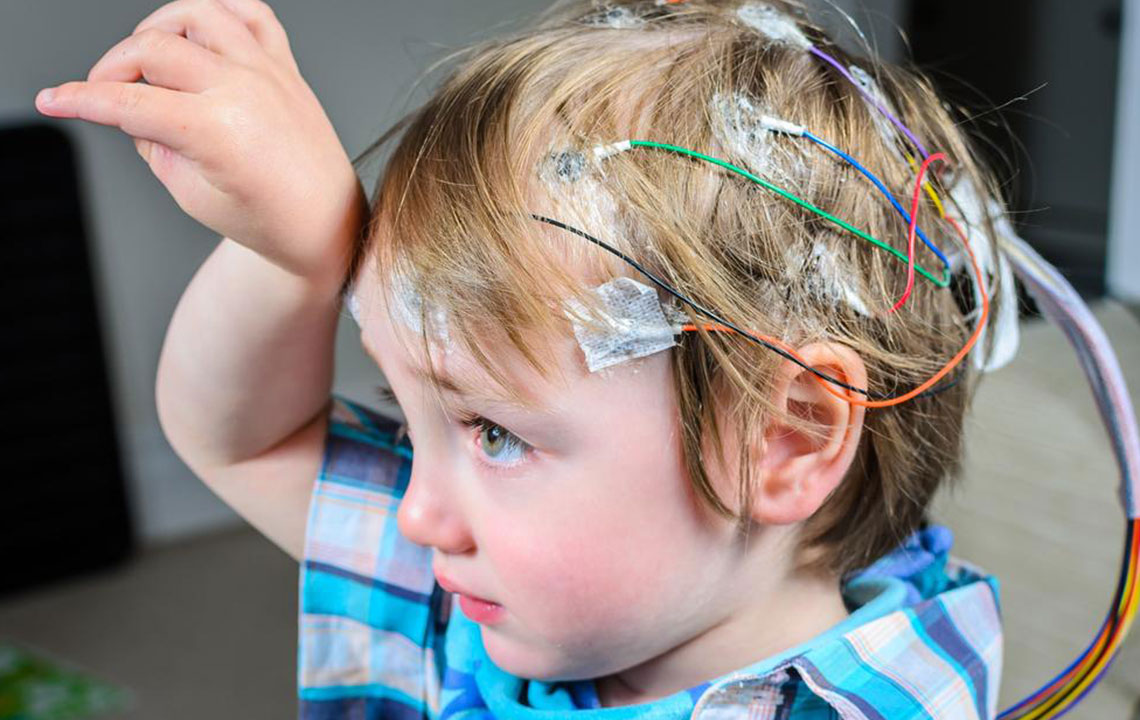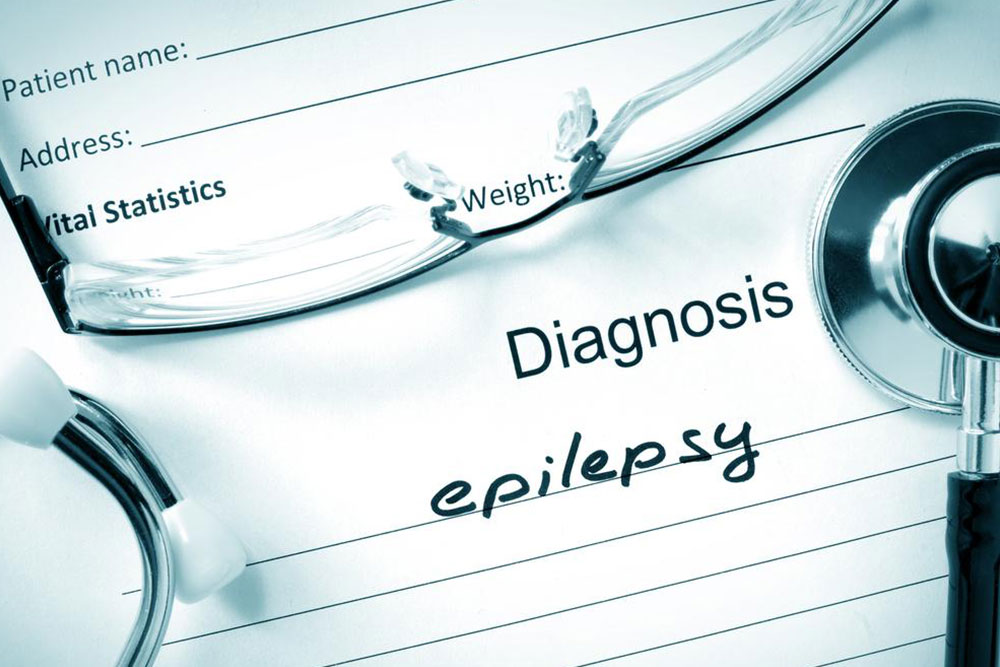Key Insights into Partial Seizures: Causes and Symptoms
Learn about partial seizures, including their symptoms, causes, triggers, and management strategies. Understanding these factors helps in better seizure control and prevention by recognizing triggers, underlying health conditions, and lifestyle habits. Accurate diagnosis and collaboration with healthcare providers are essential for effective treatment. This guide offers key insights beneficial for patients, families, and caregivers dealing with partial onset seizures.

Understanding Partial Seizures: Essential Facts
Partial seizures arise from abnormal electrical discharges in specific regions of the brain. These episodes can be linked to various health conditions or lifestyle factors. Keeping a record of seizure episodes helps healthcare providers identify triggers and tailor treatments. Here are crucial aspects of partial seizures you should know:
Major Signs and Symptoms
Partial seizures are classified into simple and complex types. In simple partial seizures, consciousness remains intact, but sensations or emotions may shift. These episodes often resemble focal seizures without consciousness loss. In contrast, complex partial seizures involve a loss of awareness, accompanied by purposeless movements like lip-smacking or hand-rubbing, also called focal dyscognitive seizures.
Identifying Triggers and Causes
Certain behaviors, health issues, and environmental factors can trigger seizures. Recognizing these triggers is key to prevention. While some can be managed easily, others require medical intervention. Detailed seizure records and discussion with your doctor help identify patterns and triggers. Some seizures are idiopathic, with undetermined causes, common in children and young adults.
Lifestyle and Behavioral Factors
Alcohol, caffeine, and nicotine significantly influence seizure risk. Excess alcohol disrupts brain electrical activity, increasing seizure likelihood. Stimulants like caffeine found in coffee, tea, and soda alter brain signals. Tobacco and recreational drugs also raise seizure risk. Certain medications, withdrawal symptoms, sleep deprivation, and stress serve as triggers. Visual stimuli, like video games or TV screens, can also provoke seizures in some individuals.
Medical Conditions Contributing to Seizures
Head injuries, brain tumors, developmental issues such as autism, and neurological diseases can lead to seizures. Prenatal brain damage and infections also increase vulnerability. Underlying health problems like low blood sugar and vascular diseases are additional factors. Accurate diagnosis involves comprehensive medical history and tests. Collaborating with your healthcare provider is vital for effective management. Understanding these causes helps in controlling seizure episodes better.
Note:
Our resources offer practical information across various topics. Always consult healthcare professionals for diagnosis and treatment options. The content is informational and not a substitute for expert advice. We disclaim responsibility for any discrepancies or outdated information.










